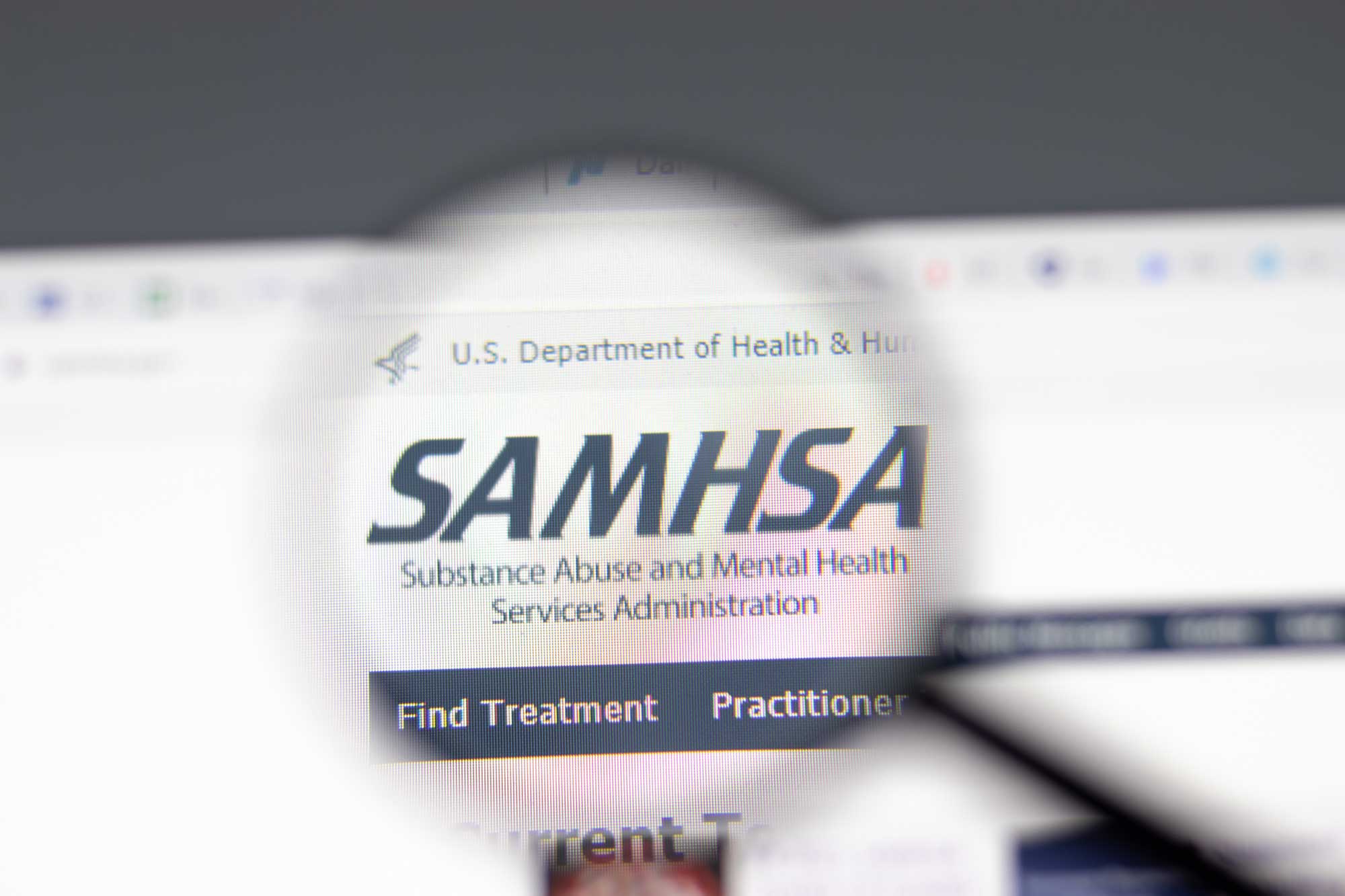
SAMHSA’s Priority Should Be Inpatient Care for the Seriously Mentally Ill
America has an inpatient care crisis for serious mental illness. There are fewer than 40,000 beds nationwide, and more than half are allocated to criminals. Most states require from three to five times as many inpatient beds as are available. The result is a system that allows people to fall through the cracks into crime, homelessness, or prison before offering them what little care is available.
The federal government’s Substance Abuse and Mental Health Services Administration (SAMHSA) was founded to help states care for the highest-need populations. But it has failed in its mission to do so, instead working at cross purposes with hospitals and psychiatrists in the best position to treat those with the most severe and debilitating mental illnesses. Instead, many SAMHSA programs have explicitly forbidden funds from going to inpatient care—the very treatment that is necessary for the highest-need individuals—or from prioritizing the populations most likely to suffer from serious mental illness.
As a result, SAMHSA has worked to exacerbate the inpatient bed shortage for people with serious mental illness more than any other government agency.
The two SAMHSA programs most relevant to inpatient psychiatric care are the Community Mental Health Block Grant (MHBG) and the Projects for Assistance in Transition from Homelessness (PATH). The MHBG allocates more than $1 billion to states for mental health services, but inpatient care is prohibited as a use of funds. PATH is a much smaller program, but it focuses on the very high-need mentally ill homeless population, providing states with $64 million. It also prohibits use for inpatient treatment.
Only statutory changes from the U.S. Congress can change these program parameters, barring a public health emergency, which could be warranted given that we are currently experiencing the highest levels of mentally ill homeless people on record.
SAMHSA does have other options. The U.S. Secretary of Health and Human Services is given broad discretion over $1.2 billion in funding for the Priority Mental Health Needs of Regional and National Significance programs. These funds can be used for a wide range of projects, including innovative approaches to treatment or increasing communities’ capacity to respond to pressing mental health crises. There is no explicit prohibition on using these funds to expand inpatient psychiatric care.
Other programs that allow for inpatient care are the Substance Abuse Prevention, Treatment, and Recovery Block Grant (SUBG) and the substance use Programs of Regional and National Significance. Combined, these programs amount to more than $2.5 billion, and although inpatient services are discouraged in their use, states are allowed to use them for that type of care, subject to guidance by the Secretary of the U.S Department of Health and Human Services, Robert Kennedy. Inpatient care for substance abuse is very different than psychiatric care, but the clients often overlap, especially among the homeless population.
The Trump Administration should marshal these resources to rebuild America’s inpatient care system, rather than overspending on community-based interventions that inherently fail the highest-need individuals by being outside of a hospital setting.
SAMHSA should also reconsider its prioritization of funding for prevention programs and treatment of certain populations who do not have as high a prevalence of mental illness. Many SAMHSA programs divide resources to focus on the prevention of serious mental illness, like schizophrenia, in general, as well as the prevention and treatment of these illnesses in children. While these goals seem worthy, they misunderstand the science of serious mental illness.
There is no evidence-based approach to preventing serious mental illnesses like schizophrenia or bipolar disorder. This fact is acknowledged by the medical community, but not by SAMHSA and community advocates, many of whom are funded by SAMHSA.
Moreover, it makes little sense to target resources for serious mental illness towards children. People with schizophrenia or other psychotic disorders are rarely symptomatic before the age of 18. Only three percent of people with these disorders had symptoms by 14, and 12.3 percent by 18. Nearly half, however, showed symptoms by 25, rendering programs for minors largely a misallocation of resources.
The prioritization of prevention programs and programs for children is often statutorily required, so there is little that SAMHSA can do without further action by Congress.
Finally, SAMHSA should reconsider its Protection and Advocacy for Individuals with Mental Illness Program (PAIMI). PAIMI was created to ensure that people in mental institutions were treated with proper care, but it has long since strayed from this mission of litigating abuse and neglect of patients. Instead, this $40 million program often works against families and individuals who need involuntary treatment by litigating against hospitals and other treatment providers.
A 2018 report on PAIMI from the Government Accountability Office found that out of 2,390 resolved cases across the sampled states, only 309 were related to abuse and 341 were related to neglect. The most common neglect complaint was a lack of discharge planning, and the most common abuse complaint was a lack of appropriate treatment. The vast majority of cases involved rights disputes that fall beyond the original objective of PAIMI. Moreover, these services are largely duplicative as the Civil Rights for Institutionalized Persons Act empowers the U.S. Department of Justice to make these same lawsuits. SAMHSA has caused great harm to those who need care the most. But Secretary Kennedy and President Trump have an opportunity to reconfigure SAMHSA to help the people it has hitherto ignored.

Stay Informed
Sign up to receive updates about our fight for policies at the state level that restore liberty through transparency and accountability in American governance.
